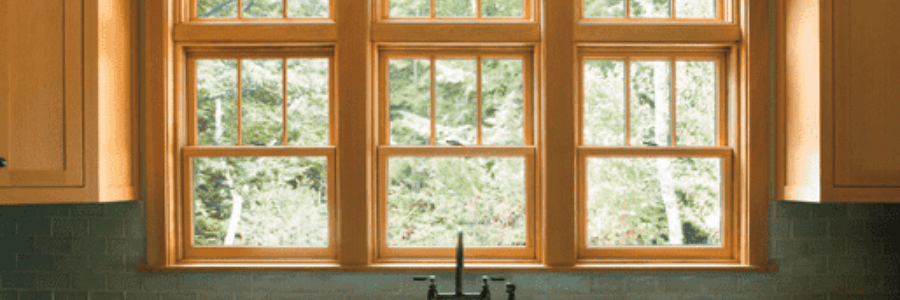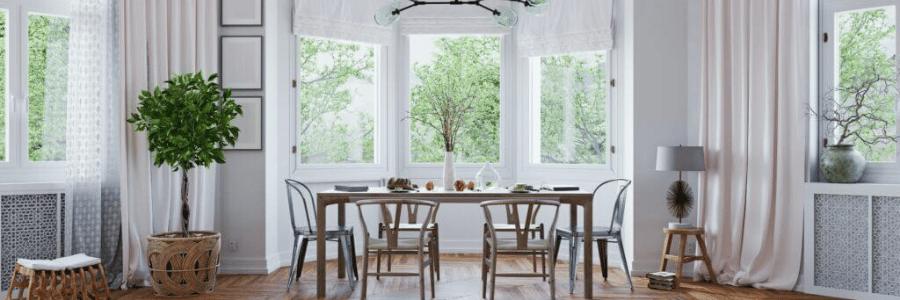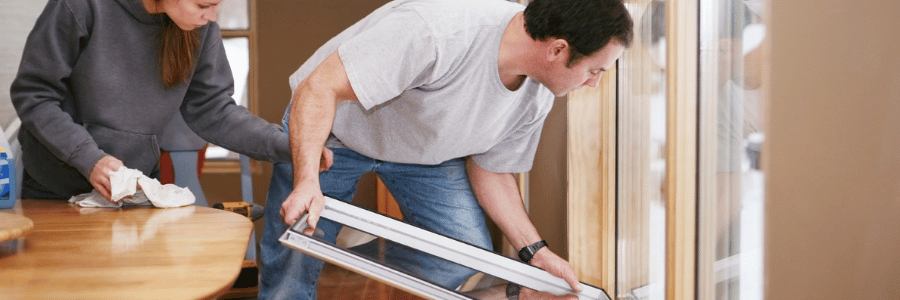Replacing your windows is one of the best home improvement investments you can make. Not only do new windows enhance the appearance of your home, but they also improve energy efficiency, reduce outside noise, and increase comfort. However, for homeowners on a tight budget, the upfront cost of window replacement can be daunting. The good news is, with a little planning and the right approach, you can replace your windows without breaking the bank.
Explore budget-friendly options for window replacement, including cost-effective materials, how to spread out the cost, and tips on saving money while still getting quality results.
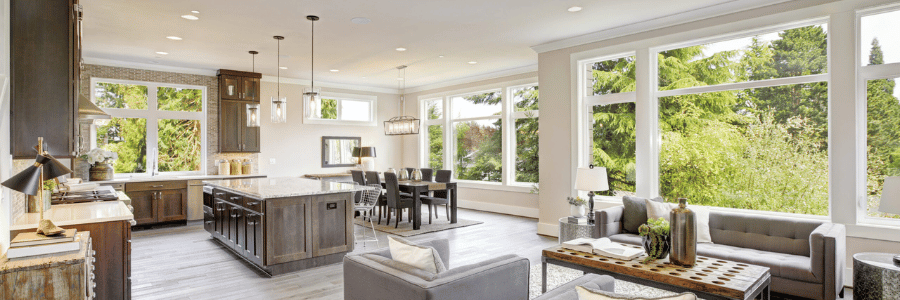
1. Choose Cost-Effective Window Materials
The material of your window frame plays a crucial role in both the cost and performance of the window. While some materials may be more expensive upfront, others offer significant savings without compromising quality. Here are some budget-friendly options:
Vinyl Windows: The Most Affordable Option
Vinyl windows are the most budget-friendly choice, offering a balance of affordability, durability, and energy efficiency. Vinyl is low-maintenance, resists rot, and has excellent insulation properties, which can help lower your heating and cooling costs over time. For most homeowners, vinyl windows are a great option if you’re looking to save money up front while still enjoying long-term benefits.
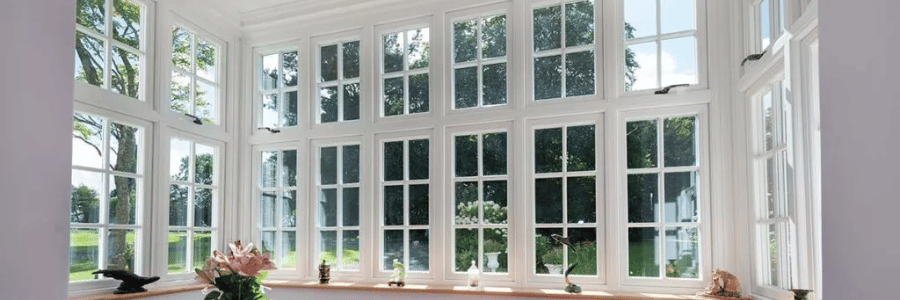
Wood Windows: The Classic Look, With a Twist
If you love the classic aesthetic of wood windows but are concerned about the cost, consider hybrid options like vinyl-clad wood windows. These windows combine the warmth and appeal of wood on the interior with the low-maintenance, durable exterior of vinyl. This gives you the look of wood at a more affordable price and without the high maintenance costs associated with all-wood windows.
Fiberglass Windows: A Durable Investment
Fiberglass windows are energy-efficient and have a long lifespan, but they tend to be pricier than vinyl. If you’re looking for a more durable, long-term solution and can stretch your budget slightly, fiberglass may be a good option. While the initial cost is higher, fiberglass windows are highly energy-efficient and can help reduce your utility bills over time, providing savings that offset the upfront investment.
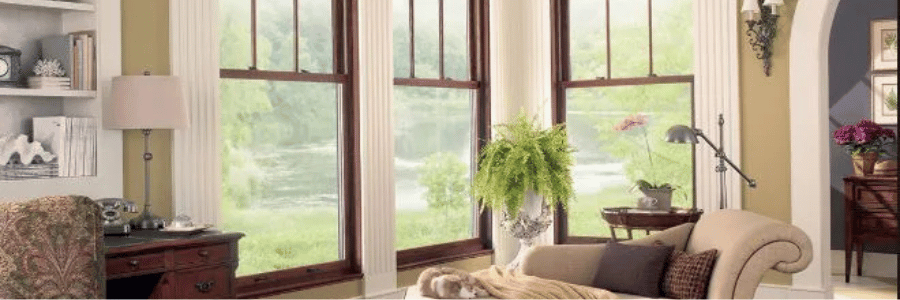
Aluminum Windows: Low-Cost but Not the Most Energy-Efficient
If you’re in a milder climate and don’t mind sacrificing some energy efficiency, aluminum windows are an affordable option. Aluminum windows tend to be the least expensive choice but may not offer the same insulation properties as vinyl or fiberglass. They can be a good fit if you’re not overly concerned about energy savings or if you’re replacing windows in a location that doesn’t experience extreme temperatures.
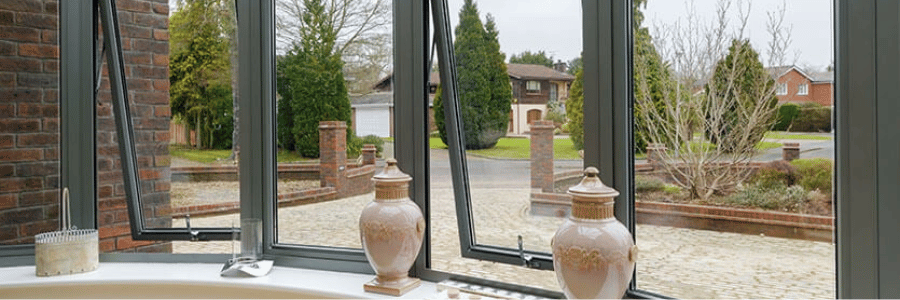
2. Prioritize Energy Efficiency for Long-Term Savings
While energy-efficient windows might come with a higher initial cost, the long-term savings are often worth the investment. Features like Low-E glass (low-emissivity glass), double or triple-pane windows, and argon gas fills help reduce heat transfer and keep your home better insulated. This means you’ll spend less on heating and cooling throughout the year, which can add up to significant savings over time.
Many states and utility companies offer rebates or tax incentives for homeowners who replace old windows with energy-efficient models. Be sure to check for any programs in your area that could help offset the upfront cost. Even if the initial cost is higher, the reduction in your energy bills will help you save in the long run.
3. Consider Replacing Windows One at a Time
Replacing all the windows in your home at once can be expensive, but you don’t have to replace them all in one go. One of the smartest ways to save money is by replacing one window at a time, especially if you’re on a tight budget. You can prioritize the windows that need replacement the most—those that are drafty, damaged, or not energy-efficient—and spread out the cost over several months or years.
By doing this, you can manage the cost more effectively without feeling overwhelmed by the financial burden. Plus, window replacement is often a manageable DIY project, so you can even save on labor costs if you’re handy with tools and have some experience with home improvement projects.

4. Stick with Standard Window Sizes and Styles
Custom windows can be a major budget buster. If you’re replacing windows, stick with standard window sizes (like double-hung, casement, or sliding windows), which are more affordable because they are mass-produced and widely available. Custom windows require specialized measurements, framing, and more expensive materials, all of which can significantly increase the overall cost.
If your current windows are an unusual size, consider having them resized to accommodate a standard window frame. The extra cost of resizing may be much lower than the price of custom-made windows.
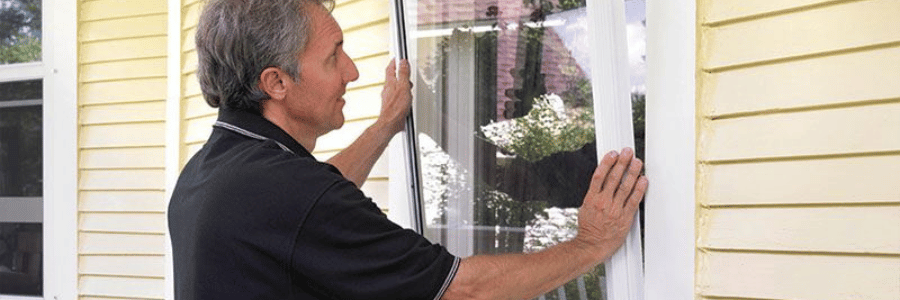
5. Explore DIY Window Installation (If You’re Comfortable Doing It Yourself)
Labor costs can account for a large portion of the total window replacement bill, so if you’re confident in your ability to install windows yourself, DIY installation can help you save a lot of money.
However, it’s important to know your limits. If your home has special framing requirements or you’re unsure about your ability to properly install windows, it’s worth hiring a professional to ensure the job is done right. Incorrect installation can lead to drafts, water leaks, and other problems that could end up costing more to fix.
6. Look for Discounts and Seasonal Sales
Timing your window purchase can make a big difference in cost. Buying windows during the off-season (such as fall or winter) can save you money, as window companies often experience slower demand during these months and may offer discounts. Additionally, buying in bulk when replacing multiple windows can help reduce the cost per unit, especially if the window manufacturer or supplier offers bulk discounts.
Don’t forget to keep an eye out for clearance items or special manufacturer rebates that may be available. Even small discounts can add up quickly, helping you save a significant amount on your window replacement project.

7. Consider Financing Options
If the cost of replacing all of your windows at once is still too high, consider financing options or payment plans that allow you to spread the cost over several months or even years. Many window manufacturers and home improvement stores offer financing plans with low or no interest for qualifying homeowners.
While financing options come with their own set of terms, they can be a helpful way to break down a large expense into smaller, more manageable payments. Just be sure to read the terms carefully and ensure you can comfortably manage the payments before committing to a financing plan.

8. Don’t Forget About Warranties
When you’re shopping for new windows, always ask about warranties. A good warranty can protect your investment by covering defects or installation issues that may arise after the windows are installed. It’s important to understand what’s covered under the warranty and to keep documentation of your purchase and installation for future reference.
In some cases, warranties can even help you save money on repairs if something goes wrong with your windows down the line, so make sure you fully understand your warranty’s terms.

Final Thoughts
Replacing windows is a worthwhile investment that can improve the comfort and efficiency of your home, but it doesn’t have to come with a hefty price tag. By choosing the right materials, prioritizing energy-efficient features, and considering cost-saving strategies like replacing windows one at a time or looking for discounts, you can get quality windows without overspending.
Remember, window replacement is a long-term investment that will pay off in increased home value, reduced energy costs, and improved comfort. By planning ahead and exploring budget-friendly options, you can achieve a successful window replacement project without breaking the bank.

